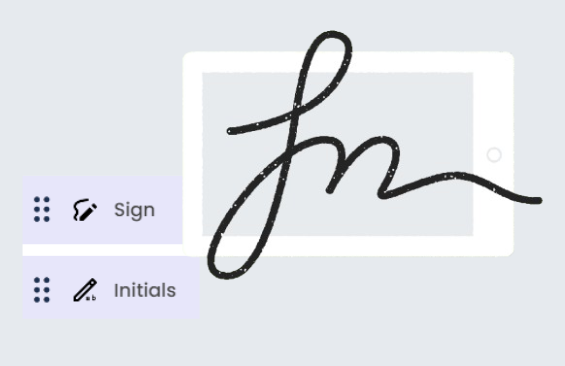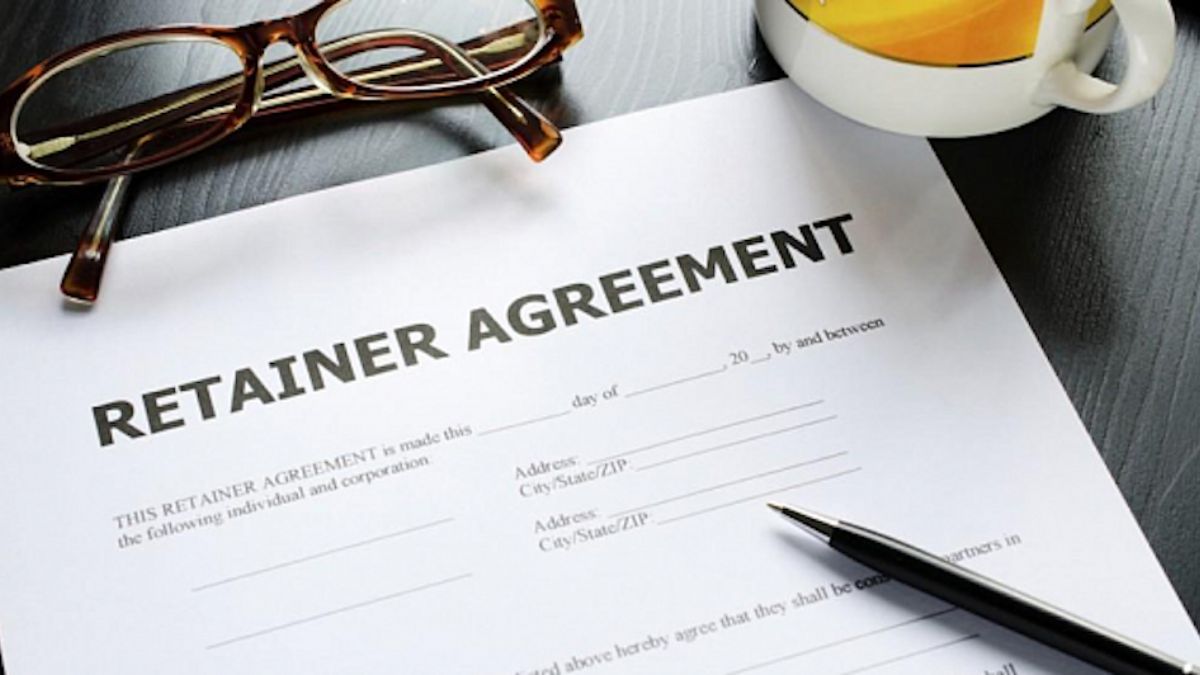A retainer agreement is a formal contract between a service provider and a client where the client agrees to pay the service provider a predetermined amount regularly for services to be provided over a specified period. This type of agreement is commonly used in professions such as law, consulting, marketing, and other professional services where ongoing support is required. Creating a well-drafted retainer agreement involves understanding the essential clauses and ensuring that both parties’ interests are protected. This article will guide you through the process of creating a comprehensive retainer agreement and explain the critical clauses in detail.
Read More: What is a Contract Clause
Essential Clauses in a Retainer Agreement
1. Parties Involved
The retainer agreement should begin by clearly identifying the parties involved. This includes the full legal names and contact information of both the service provider (consultant, lawyer, etc.) and the client. Proper identification ensures clarity and legal enforceability.
Example: “This Retainer Agreement is made between [Service Provider’s Name], with a principal place of business at [Service Provider’s Address], and [Client’s Name], with a principal place of business at [Client’s Address].”
2. Scope of Services
This clause outlines the specific services that the service provider will render. It is crucial to be as detailed as possible to avoid misunderstandings. This includes listing tasks, deliverables, and any limitations on the services provided.
Example: “The Service Provider agrees to provide the following services: content creation, social media management, search engine optimization, and email marketing campaigns as detailed in Exhibit A.”
3. Retainer Fee
The retainer fee clause specifies the amount the client will pay the service provider for the services rendered. This can be a flat monthly fee, an hourly rate, or another agreed-upon structure. The clause should also state the payment schedule (e.g., monthly, quarterly) and the method of payment.
Example: “The Client agrees to pay the Service Provider a monthly retainer fee of $3,000, payable on the first day of each month via bank transfer.”
4. Duration of Agreement
This clause details the length of time the agreement will be in effect. It can be for a fixed period (e.g., six months, one year) or on an ongoing basis until either party terminates the agreement with proper notice.
Example: “This Agreement shall commence on July 1, 2024, and continue for a period of one year, terminating on June 30, 2025, unless terminated earlier in accordance with the terms of this Agreement.”
5. Termination Clause
The termination clause outlines the conditions under which either party can terminate the agreement. This should include the notice period required and any conditions that might lead to immediate termination (e.g., breach of contract).
Example: “Either party may terminate this Agreement with 30 days’ written notice. The Service Provider reserves the right to terminate this Agreement immediately if the Client fails to make timely payments or breaches any terms of this Agreement.”

Effortless Retainer Agreement Creation!
Create your Retainer Agreement with Legitt AI contract generator.
Start Drafting Now6. Confidentiality
A confidentiality clause ensures that any sensitive information shared between the parties remains private and is not disclosed to third parties. This is particularly important in industries where proprietary information or trade secrets are involved.
Example: “Both parties agree to keep all information exchanged during the course of this Agreement confidential and not to disclose it to any third parties without prior written consent.”
7. Intellectual Property Rights
This clause specifies who owns the intellectual property (IP) rights to the work produced during the retainer period. It should clarify whether the service provider retains ownership or if the rights are transferred to the client upon completion.
Example: “All intellectual property rights to the materials created by the Service Provider during the term of this Agreement shall be owned by the Client upon full payment for the services rendered.”
8. Liability and Indemnification
This clause outlines the extent to which each party is liable for damages and provides for indemnification against third-party claims. It protects both parties from potential legal issues arising from the services provided.
Example: “The Service Provider shall not be liable for any indirect or consequential damages arising from the services rendered. The Client agrees to indemnify and hold harmless the Service Provider from any claims arising out of the use of the services provided.”
9. Dispute Resolution
A dispute resolution clause specifies how any disagreements will be handled. This can include mediation, arbitration, or litigation. It helps ensure that disputes are resolved in a structured manner.
Example: “In the event of a dispute arising from this Agreement, both parties agree to first attempt mediation. If mediation fails, the dispute shall be resolved through binding arbitration in accordance with the rules of the American Arbitration Association.”
10. Amendments
This clause outlines the process for making changes to the agreement. It ensures that any modifications are documented and agreed upon by both parties.
Example: “Any amendments to this Agreement must be made in writing and signed by both parties to be effective.”
11. Force Majeure
A force majeure clause protects both parties from liability if they are unable to fulfill their obligations due to events beyond their control, such as natural disasters, war, or other unforeseeable circumstances.
Example: “Neither party shall be liable for any failure to perform its obligations under this Agreement if such failure is due to a force majeure event, including but not limited to natural disasters, war, or acts of terrorism.”
12. Governing Law
This clause specifies which jurisdiction’s laws will govern the agreement. It is important to choose a jurisdiction that is convenient for both parties and that has relevant legal expertise.
Example: “This Agreement shall be governed by and construed in accordance with the laws of the State of California.”
13. Entire Agreement
The entire agreement clause states that the retainer agreement represents the complete and final agreement between the parties. It supersedes any prior agreements or understandings.
Example: “This Agreement constitutes the entire agreement between the parties and supersedes all prior negotiations, understandings, and agreements, whether written or oral.”
For EsignSecure Your Retainer Agreement with Legitt AI
Sign retainer agreements smoothly using Legitt AI electronic signature.
Sign Retainer Agreements Today
14. Signatures
The agreement should conclude with the signatures of both parties, along with the date of signing. This formalizes the contract and indicates that both parties agree to the terms.
Example: “Signed by the duly authorized representatives of the parties as of the date first written above.”
**Client Signature: _________________________ Date: ____________
Service Provider Signature: _________________________ Date: ____________
Read More: How to Draft a Simple Contract
Conclusion
Creating a retainer agreement involves careful consideration of various clauses to ensure both parties’ interests are protected. By clearly outlining the scope of services, payment terms, duration, confidentiality, intellectual property rights, and other key elements, you can create a comprehensive and effective retainer agreement. This not only fosters a clear understanding between the service provider and the client but also helps prevent potential disputes and misunderstandings.
Did you find this article worthwhile? More engaging blogs about smart contracts on the blockchain, contract management software and electronic signatures can be found in the Legitt Blogs section. You may also contact Legitt to hire the best contract lifecycle management services and solutions along with free contract templates.
FAQs on Retainer Agreement
What is a retainer agreement?
A retainer agreement is a formal contract between a service provider and a client, where the client agrees to pay a predetermined amount regularly for ongoing services. It outlines the scope of services, payment terms, and duration, ensuring both parties are clear on their obligations and expectations.
Why is a scope of services clause important?
The scope of services clause is crucial because it clearly defines what services the service provider will deliver. This prevents misunderstandings and ensures that both parties have a clear understanding of the work to be done.
How should the retainer fee be structured?
The retainer fee can be a flat monthly fee, an hourly rate, or another agreed-upon structure. It should specify the payment amount, schedule, and method to avoid any payment-related disputes.
What should be included in the termination clause?
The termination clause should outline the conditions under which either party can terminate the agreement, including the notice period required and any conditions that might lead to immediate termination.
Why is a confidentiality clause necessary?
A confidentiality clause ensures that any sensitive information shared between the parties remains private and is not disclosed to third parties. This is particularly important in industries where proprietary information or trade secrets are involved.
Who owns the intellectual property created during the retainer period?
The intellectual property rights clause should clarify whether the service provider retains ownership of the work or if the rights are transferred to the client upon completion and payment.
What is the purpose of a liability and indemnification clause?
This clause outlines the extent to which each party is liable for damages and provides for indemnification against third-party claims. It protects both parties from potential legal issues arising from the services provided.
How are disputes resolved under a retainer agreement?
The dispute resolution clause specifies how any disagreements will be handled, such as through mediation, arbitration, or litigation, ensuring that disputes are resolved in a structured manner.
Can the retainer agreement be amended?
Yes, the amendments clause outlines the process for making changes to the agreement. Any modifications must be documented and agreed upon by both parties in writing.
Which jurisdiction's laws govern the retainer agreement?
The governing law clause specifies which jurisdiction's laws will govern the agreement. It is important to choose a jurisdiction that is convenient for both parties and relevant to the contract.
What is the purpose of the entire agreement clause?
The entire agreement clause states that the retainer agreement represents the complete and final agreement between the parties, superseding any prior agreements or understandings.
How should the retainer agreement be signed?
The agreement should conclude with the signatures of both parties, along with the date of signing, formalizing the contract and indicating that both parties agree to the terms.
What happens if the client fails to make timely payments?
If the client fails to make timely payments, the service provider may have the right to terminate the agreement immediately, as specified in the termination clause.
Why is it important to detail the scope of services?
Detailing the scope of services is important because it ensures that both parties have a clear understanding of the services to be provided, preventing misunderstandings and disputes.
